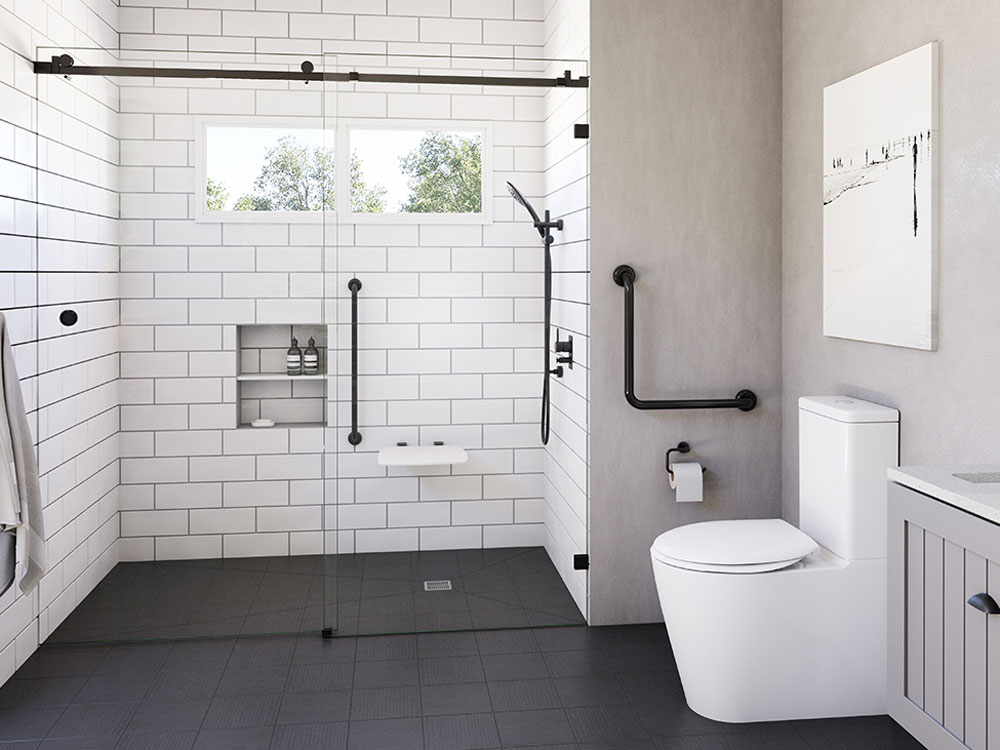

But there are some tips you can use to make sure the most people possible can enjoy and understand your materials.
ACCESSIBLE DESIGN FULL
This can range from partial to full blindness.īecause visual impairments cover a large spectrum, creating designs that are accessible for people who suffer from vision loss is not a one-size-fits-all solution. The phrase visual impairment is a term that is used to describe any type of vision loss in a person. USE THESE COLOR BLIND ACCESSIBLE PALETTES Venngage has created an infographic outlining color palettes you can use for accessible design: Color combinations to avoid for people with color blindness include: If you have to use colors to show contrast, avoid using problematic color palettes. Instead of showing contrast via color alone, try using patterns or icons to show differentiation, or pick one main color and use various shades of that color to highlight important information. In general, good design leans heavily on color theory but when you’re designing for accessibility you need to be mindful of how you use colors. WATCH: Everything you need to know about COLOR There are three main types of color blindness:Ĭolor is a complex thing, and our understanding of color comes from how our eyes process light. With an estimated 300 million people who are color blind in the world, making your designs accessible to those people is important.Ĭontrary to popular belief, most people who are color blind can actually see color–just not in the way other people can.

Accessible Design Best Practice Checklist.Accessible Design for Visual Impairments.Not every design will be accessible for every single person, but there are ways to ensure that the majority of people can access and understand your designs through how you use fonts, colors and icons.īelow we have outlined some of the most common accessibility needs for design, and provided examples and best practice tips. The main difference is that inclusive design is more of a mindset, while accessible design comes with a set of guidelines.) (Note accessible design is a close cousin to inclusive design. Generally, accessible design means a design that has taken into consideration how people are able to understand the information presented. But when creating accessible designs, there isn’t a one size fits all model. What is accessible design?Īccessibility in design comes in many different forms from accessible infographics to accessible UI design. Good communication depends on your information being understood as widely as possible. Many people across the world have different accessibility requirements, from those who are on the autism spectrum, to those who are color blind, dyslexic, or are visually impaired. When designing any sort of communication material, you need to be aware of the fact that not everybody will be able to process the information in the same way.


 0 kommentar(er)
0 kommentar(er)
